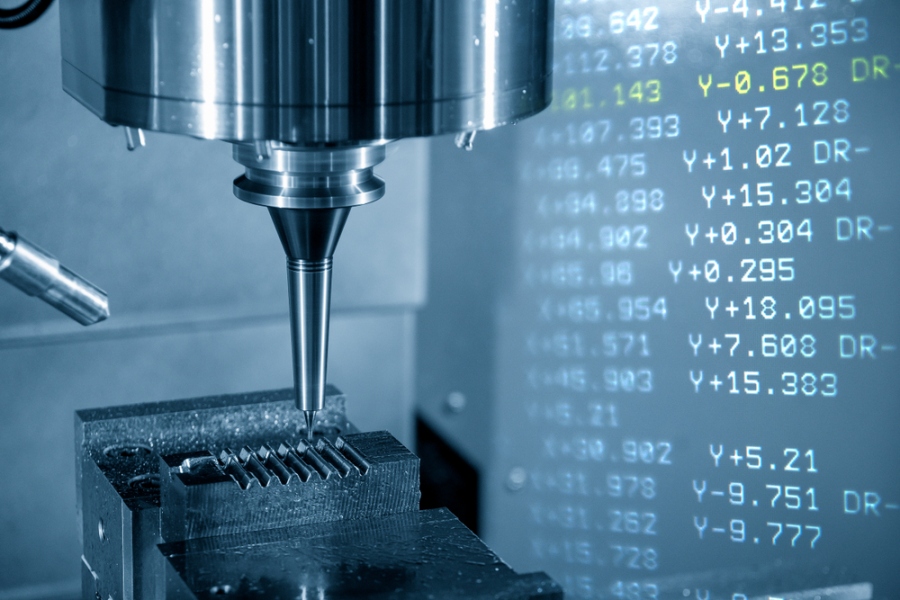Medical injection molding refers to a process utilized to produce precise and intricate products and equipment for medical and healthcare applications, particularly when part-to-part integrity is needed over high volumes. When used in the medical industry, the injection molding process offers numerous advantages for various medical applications.
The medical-grade injection molding is brought into use to manufacture medical components, facilities, laboratory equipment, and others. Amongst the benefits of using injection molding for the medical field, the key advantages of the process are its ability to meet the medical industry’s exact and specified regulatory needs. Mainly, medical injection molding is responsible for manufacturing the following devices and components:
- Test tubes, beakers, and containers
- Implantable components
- Accessories used primarily in orthopedics’ applications
- Surgical components and equipment
- Drug delivery equipment
Steps Involved in Medical Injection Molding
Explicit steps accompany the production of medical-grade plastic products. Essentially, below are the steps involved in medical injection molding:
-
Product Development and Innovation
The continuously expanding scope of injection molding in the medical field is directly related to innovations that add value to the curing processes or help medical professionals to cure their patients. Therefore, before manufacturing the product, an unbeatable 3D design of the product is mainstreamed using any credible 3D software. Primarily, products or equipment results from further innovation in existing ones or are aimed to eliminate loopholes in pre-designed items.
-
Sourcing of Medical Grade Plastics
The second step belongs to sourcing medical-grade plastic or raw material. To comply with the healthcare risk assessment form, only specified plastic grades are durable and safe.
Thermoplastics, which are a type of synthetic polymers, are widely used in manufacturing medical-grade products. The quality of this material is that it can be reheated and remolded. Remember, medical-grade polymers get made under the supervision of a licensed physician. Further, the final product should be corrosion-resistant, impact-resistant, and heat resistant because equipment might need to face sterilization multiple times under severe temperature.
On the other hand, polycarbonates also bear high impact resistance, greater temperature, and are recyclable. All these characteristics make them an ideal decision for manufacturing medical-grade products and equipment. Polypropylene is dear to use in medical injection molding and possesses all the necessary capabilities of being a suitable medical-grade plastic material.
Similarly, polyethylene is a versatile medical-grade plastic material with high impact resistance and the ability to withstand high temperatures and chemicals without reacting to them. In addition, it is a biologically inert polymer, making it a perfect material for medical injection molding.
-
Prototyping
After the design is ready and the demand for medical-grade plastic is met, the process of prototyping comes into the spotlight. It is a process that involves the manufacturing of the product at a small scale utilizing the design made for the mass production of that medical product.
Prototyping aims to figure out the problems associated with the product design that can pose severe manufacturing products or equipment challenges at a mass level. That is why the pre-examination of design and development in the form of a prototype is enough to make sure if it will work or not. For example, in medical devices manufacturing, the injection molding prototyping answers the following questions:
- Could the product be efficiently manufactured without any malfunctioning?
- Does the product meet time-to-market requirements?
- Could manufacturing be scaled depending on the situation?
- Are medical-grade plastics injection molding materials suitable for the process?
- Does the product fulfill dimensional requirements, tolerances, and proper fit and function?
-
Cleanroom Injection Molding
After going through the steps mentioned above, the clean room injection molding of the medical injection molding products ensures the filtration of pollutants, aerosols, dust particles, and micro-borne in a controlled environment. Highly efficient air filters are utilized in cleanroom manufacturing to avoid dust particles, microbes, and contaminated air. The characteristics of cleanroom injection molding include the given details:
- Spotless equipment that is likely to be used in the manufacturing of medical equipment
- Dust and contamination-free air
- Seamless plastic walls with HEPA (high-efficiency particulate air) filters
In medical applications, cleanroom injection molding is necessary since it is directly related to the health of human beings. It is utilized to produce healthcare equipment and combination products in a broad scope of materials, helping us coordinate with customer specifications. Alongside advanced additive manufacturing, it offers a full range of capabilities.
Additionally, cleanroom injection molding is highly relevant for the reliable and safe manufacturing of products used in high-profile applications. For example, cleanroom injection molding gets also used in the aerospace industry, nanotechnology, and electronics industry.
Ending Notes
The global market size of medical injection molding was $1.38 billion in 2019. By 2020, this figure reached $1.51 billion, and now it is expected to reach $1.7 billion by 2026 with a steady CAGR of 3.8%. Furthermore, demand for injection molding in the plastic industry is ready to gain new highs. It might be a time-consuming process because the compound annual growth rate is comparatively low but still possesses lucrative business opportunities.
